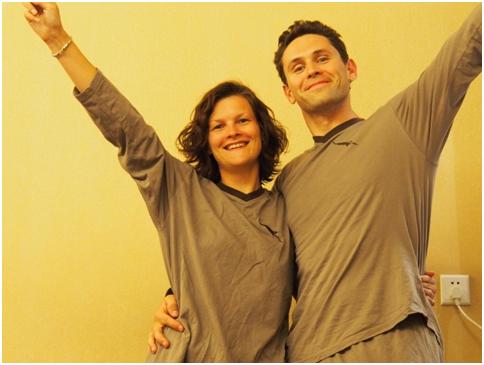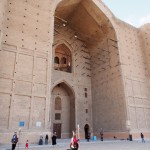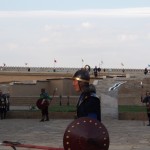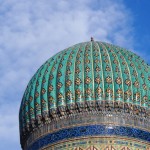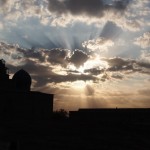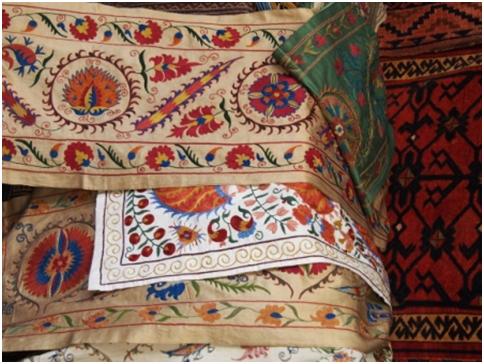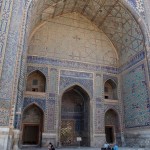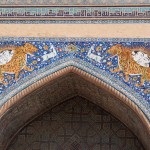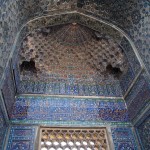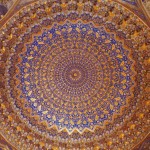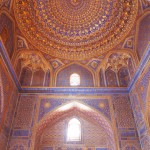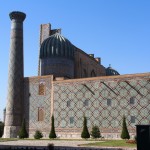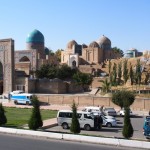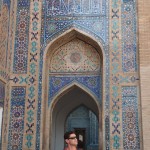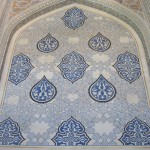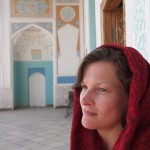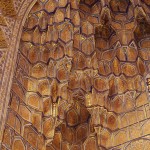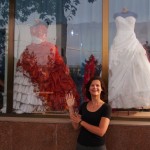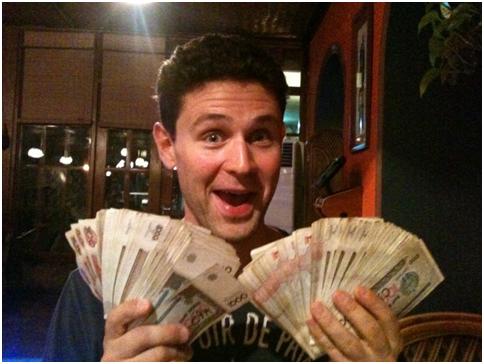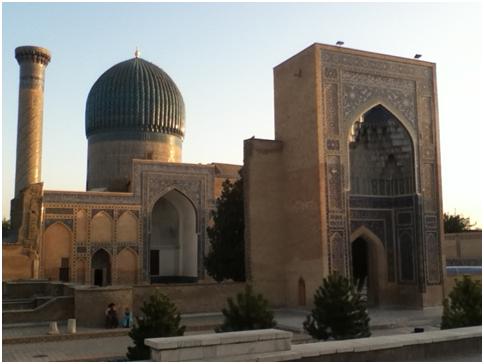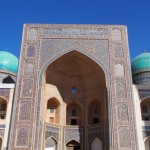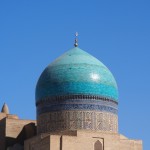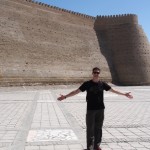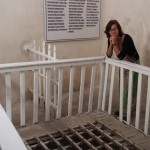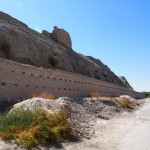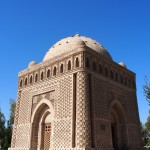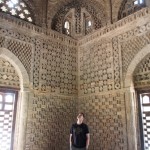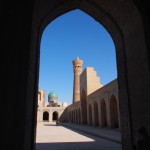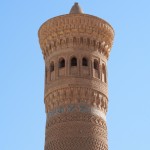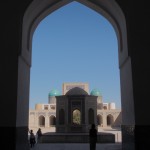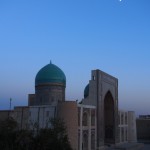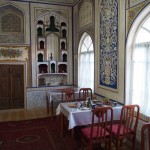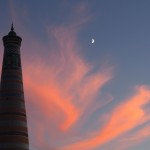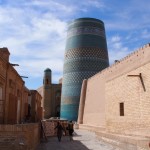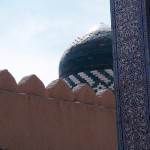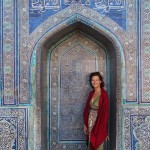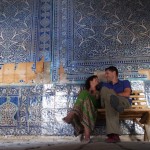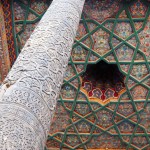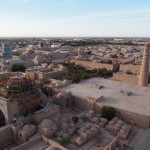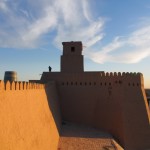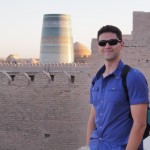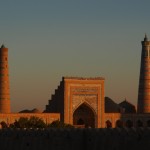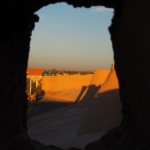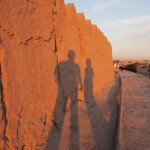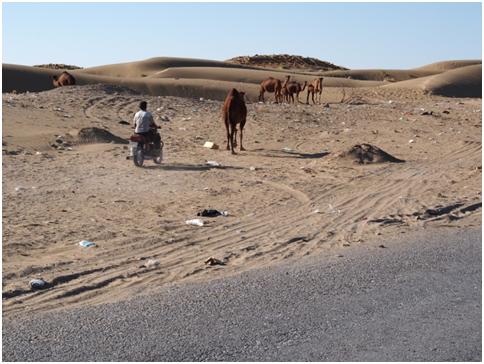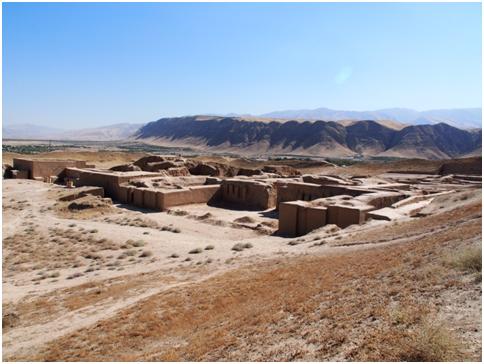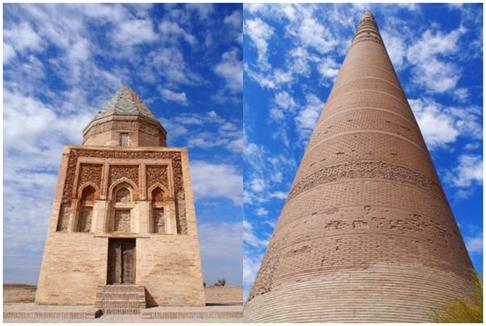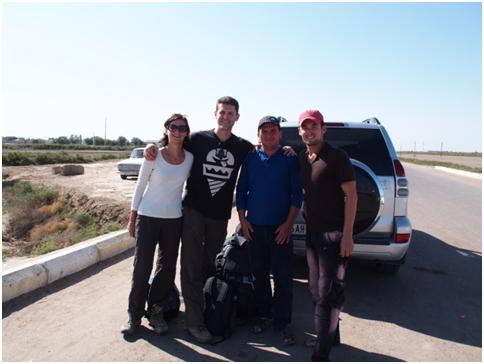Here’s a strange thing: pretty much ever since James and I got engaged, we’ve both been ill. Not anything life threatening of course, just a string of various low level traveler maladies that have had us both (a) feeling distinctly under the weather and (b) being about as far from glamorous as it’s possible for a newly engaged couple to be. Frankly I’m rather relieved the question has already been popped and cannot be un-popped….
Being sick on the road, particularly in relatively underdeveloped countries, leads to some deep, philosophical thoughts allowing us, after much debate, to come up with the following exhaustive definition.
“Luxury” is:
- A room warm enough to take off at least one of your five layers in. Failing that, plenty of bedclothes
- With a double bed large enough for both of us, with a real mattress
- Sheets on said bed. If you’re feeling particularly kind, make them clean sheets
- A toilet. Which flushes. In a bathroom which is all our very own
- Toilet paper. Of the non Soviet variety (it’s definitely eco-friendly, put it that way)
- And last but not least (did I mention we weren’t well), the ability to dispose of said toilet paper in the toilet without inadvertently flooding half of Central Asia’s sewage systems (no, we haven’t….yet…)
Suffice to say that, for the moment at least, we are not living in luxury. That’s ok though, because we have a secret weapon (you thought I was going to say “each other”, didn’t you?).
We have our Qantas pyjamas.
That’s right, ladies and gentlemen. When times get tough, the tough get into their Qantas pyjamas. These are a rather nice cotton jersey affair in a muted mud brown colour – VERY tasteful – which started out life as rather high class numbers, provided solely to Qantas’ first class passengers for their extra snuggly comfort. They have subsequently suffered something of a fall from grace: nowadays, we use them basically as shields against all unpleasantness. To expound:
- Bed has no sheets? No problem – Qantas pyjamas will shield you from contact with stray foreign body hair
- Bed has sheets but of questionable provenance and cleanliness? Qantas pyjamas will protect you from venereal disease
- Room is glacial, bed has one thin coverlet? Qantas pyjamas are guaranteed to prevent hypothermia
- Frequent visitor to the shared toilet? Qantas pyjamas ensure you make that repeated trip in style
- Fiance starting to look somewhat askance at your pale, tired face? Qantas pyjamas make you look both cute and (I’m quietly confident in this) pretty darn SEXY
Thank God we’ve got them. You see the whole “sickness and health” lark doesn’t actually kick in until the wedding bells have rung. We’re not worried though.
We’ve got Qantas Pyjama Power!
